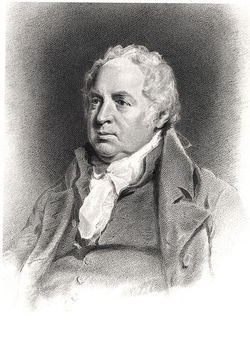Annotation:Poor Soldier (1) (The)
X: 1 T:Poor Soldier, The M:C L:1/8 B:The Calvert Collection - 1799, Page 12 Z:Nigel Gatherer K:D (ab/a) (fa/f/) (gb/g/) e2|(fa/f/) (df/d/) eecA|(ab/a/) (fa/f/) (gb/g/) (eg)|fedc [d2F2] [d2F2]|] A[dF][dF][dF] TB[gB][gB][gB]|A[dF][dF][dF] [dF][cE] [c2E2]|\ A[dF][dF][dF] TB[gB][gB][gB]|fedc [d2F2] [d2F2]|]

The finale of the work showcases a tune by the blind Irish harper Turlough O’Carolan (1670–1738), “John O'Connor” (“Planxty Mrs. O’Conor”). An early publication of the tune appears in 1799 by Thomas Calvert, a musician from Kelso, Scotland. A note with his collection states that Calvert supplied “a variety of music and instruments, instruments lent out, tun’d and repaired.”

